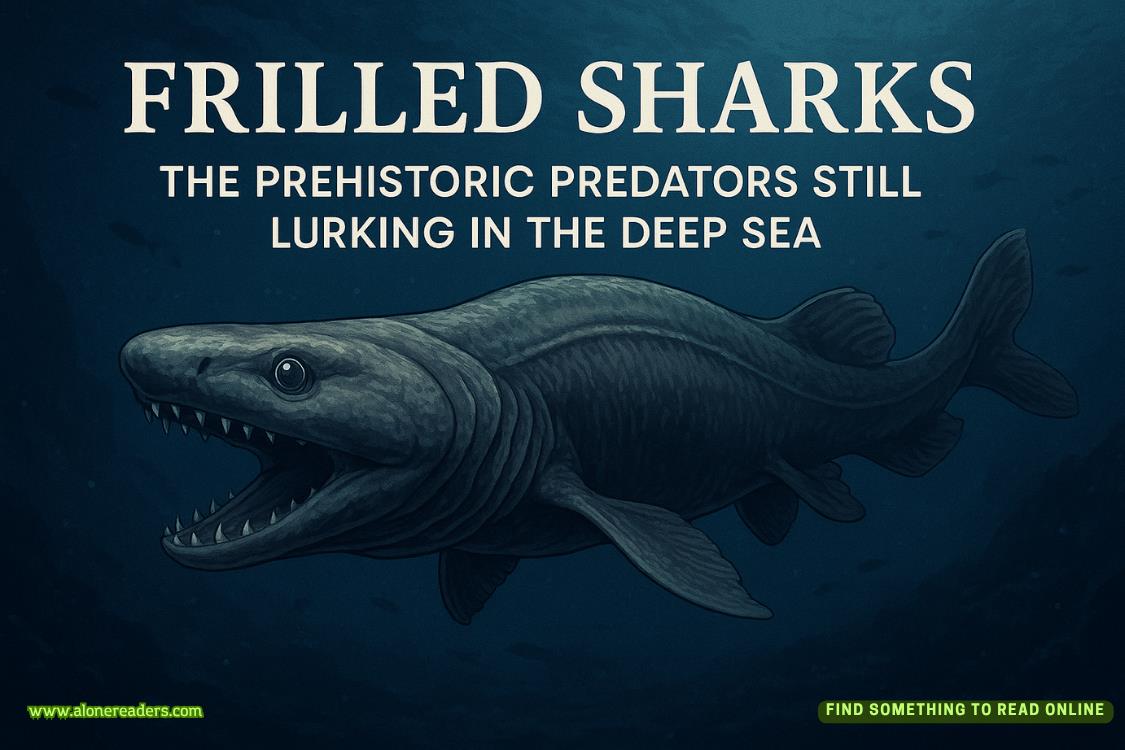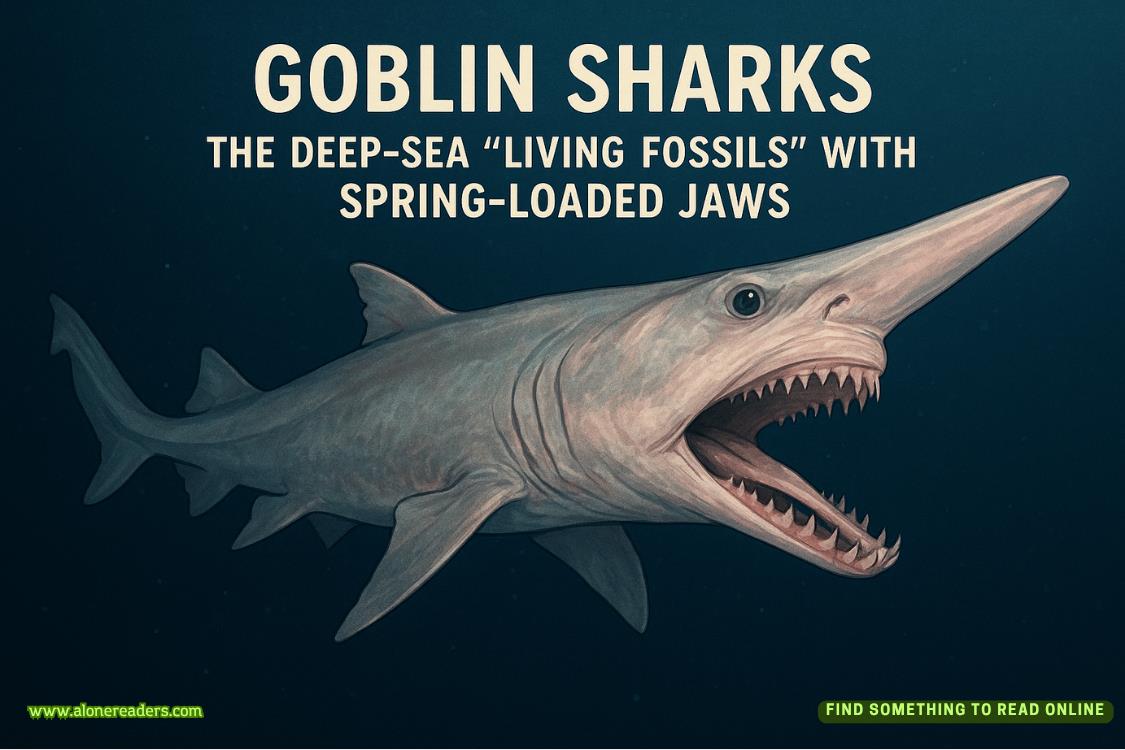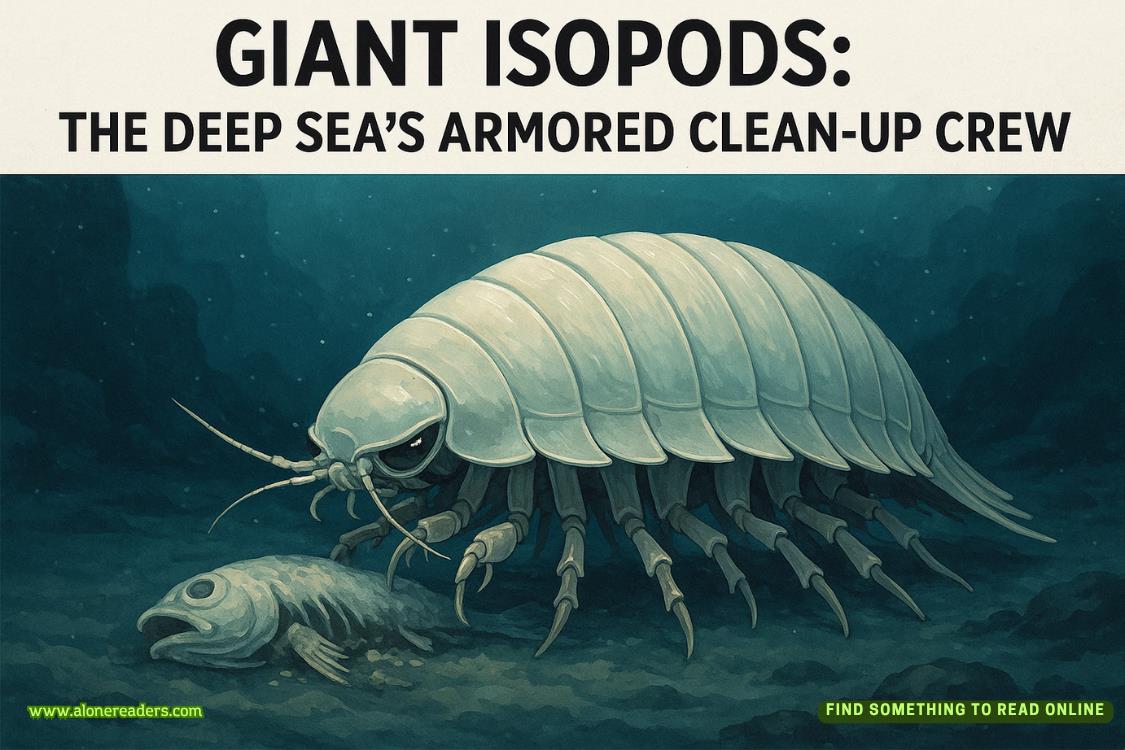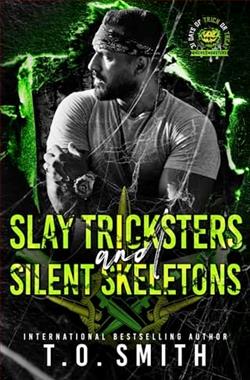Page 34 of The Texas Murders
“I just wanted to fight for what’s right,” he says. “I figured I could do more about injustices in the world by wearing the badge rather than fighting against it.”
Wise words, I think, and then I wonder why he was passed over for promotion.
Everything I’ve seen from Carlos has been competent and professional—aside from his sense of humor, and even that only makes him more personable, in my opinion. He’d make a good lieutenant, as far as I can tell. I wonder why Captain Kane is so keen on grooming me for the next lieutenant position when there’s already a qualified candidate interested. I can hear Ava’s criticism of the Rangers in my mind, but I’d like to think things have changed.
“What about you, Rory?” he asks. “Why did you want to become a Ranger?”
I shrug. “I didn’t have the talent to make it as a country singer.”
He gives me a look that says,You’re not as good at the jokes as I am.
“My dad taught me to help people, if I could,” I say. “This seemed like a good way to do it. Plus,” I add, honestly, “I was good at shooting. I was fast. I was accurate. It came naturally to me. And I liked the discipline of practice, trying to get better and better. It seemed a shame to let the skill go to waste. Of course, I was too naïve to realize…”
When I hesitate, he completes my thought for me: “It’s a lot different shooting at a target than a human being.”
“Yeah,” I say. “Just because you can do one doesn’t mean you can do the other.” We’re quiet for a moment, then I add, “I guess it turned out I could do both.”
As we leave the highway and approach the abandoned warehouse where the team is meeting up, I ask Carlos, “Have you ever…?”
“Once,” he says, serious, no sign of his comedian side. “Before I was in the Rangers. I was a sheriff’s deputy in Maverick County. Went to serve a warrant on a meth dealer accused of statutory rape. He opened the door with a .38. He missed and I didn’t.” After the truck chews up another half mile of road, he adds, “He was a bad person, just about as bad as they come, but that didn’t make it easy.”
We pull through a chain-link fence to a lot thrumming with activity. There are several cars and Ryan Logan’s recognizable office on wheels. Dozens of law enforcement officials are there, suited up in bulletproof vests and carrying rifles. I spot Ryan talking on his radio and barking orders to the men and women around him.
I don’t like the eager, cocky expressions on their faces.Everyone looks overconfident to me. They all remind me of Randy—excited for the fight to come.
And we all know how that turned out for Randy.
Before stepping out of the truck, I point to the star on my chest and say to Carlos, “Someone has to wear these badges. Better that it’s people like us, who take seriously what it means to pull the trigger. It’s the people whowantto shoot that I worry about.”
Carlos nods in agreement. “Let’s get our vests on. I’ve got a feeling we might have to use our guns today.”
CHAPTER 27
AS SUNRISE APPROACHES, Carlos and I sit inside the command center van with Ryan Logan and a handful of FBI agents and El Paso officers. We’re all wearing bulletproof vests and carrying our sidearms. There’s a cabinet inside for rifles, and Carlos’s LaRue .308 and mine are both in there for easy access. But we’re not expected to actually enter the raid.
We’re five blocks away.
We’re the backup.
Ryan’s bank of computer monitors displays images of the warehouse. The FBI managed to discreetly install cameras on the streets in front of and behind the building. Another image comes from a drone high in the sky, giving us a bird’s-eye view. The other shots come from the lapel cameras on the SWAT team leaders.
One agent inside the van has headphones on to hear updates on the two raids that will occur simultaneously. That way, he can keep Ryan updated on what’s happening at the brothels in Tucson and Colorado Springs.
The air is cool and crisp outside, but inside the van—with all the bodies packed into a small space—the air is stifling. The tension is palpable, as if every person in the vehicle is sweating out their anxiety and adrenaline.
Ryan gives the command for the raid to begin, and soon each monitor displays activity. The lapel cameras provide shaky on-the-ground footage. Meanwhile, we can see the team members coming into view on the roadside cameras. The drone shows the officers from above, small specks crowding in on the building.
The agents in front hold police shields, followed by two men lugging a battering ram, and bringing up the rear is a crowd of officers ready to swarm inside once the front door is knocked down.
They don’t make it that far.
Suddenly all of the images are full of gunfire—bright flashes of light out of the second-story windows of the warehouse. The lapel cameras become so shaky it’s impossible to tell what’s happening. The drone camera shows SWAT agents running for cover behind the few cars in the lot. They return fire but mostly to provide cover for their retreat. As they clear out, like cockroaches running when the lights come on, a few of the agents are left behind, unmoving. They lie prone in the dirt—dead or dying.
At the back of the building, the other SWAT team is pinned down behind a dumpster.
Ryan Logan shouts into the radio for updates, but there’s too much chaos for anyone to respond.
One of the lapel cameras is frozen, pointed toward the sunrise, as its wearer lies inert. A red blob slides across the image—blood running over the camera.















